Example
Suppose I have two triangles:
- A triangle with points (0, 0), (10, 0), (10, 0.5) and
- a triangle with points (0, 0), (1, 0), (0.5, 11)
The resulting two plots without specifying the xlim and ylimlook like this:

Question
What do I need to do to satisfy all points listed below?
- Make the triangle visible, so that no line of the triangle is hidden by an axis
- Specify the same margin for all plots in mm, cm or other unit.
(in the example above only two triangles were used. Actually I haventriangles.)
As margin I mean the distance between the outer points of the triangle and the axis.
The resulting plots should look like this
 with the difference that the distances, which are marked with the red arrows, should all be the same!
with the difference that the distances, which are marked with the red arrows, should all be the same!

